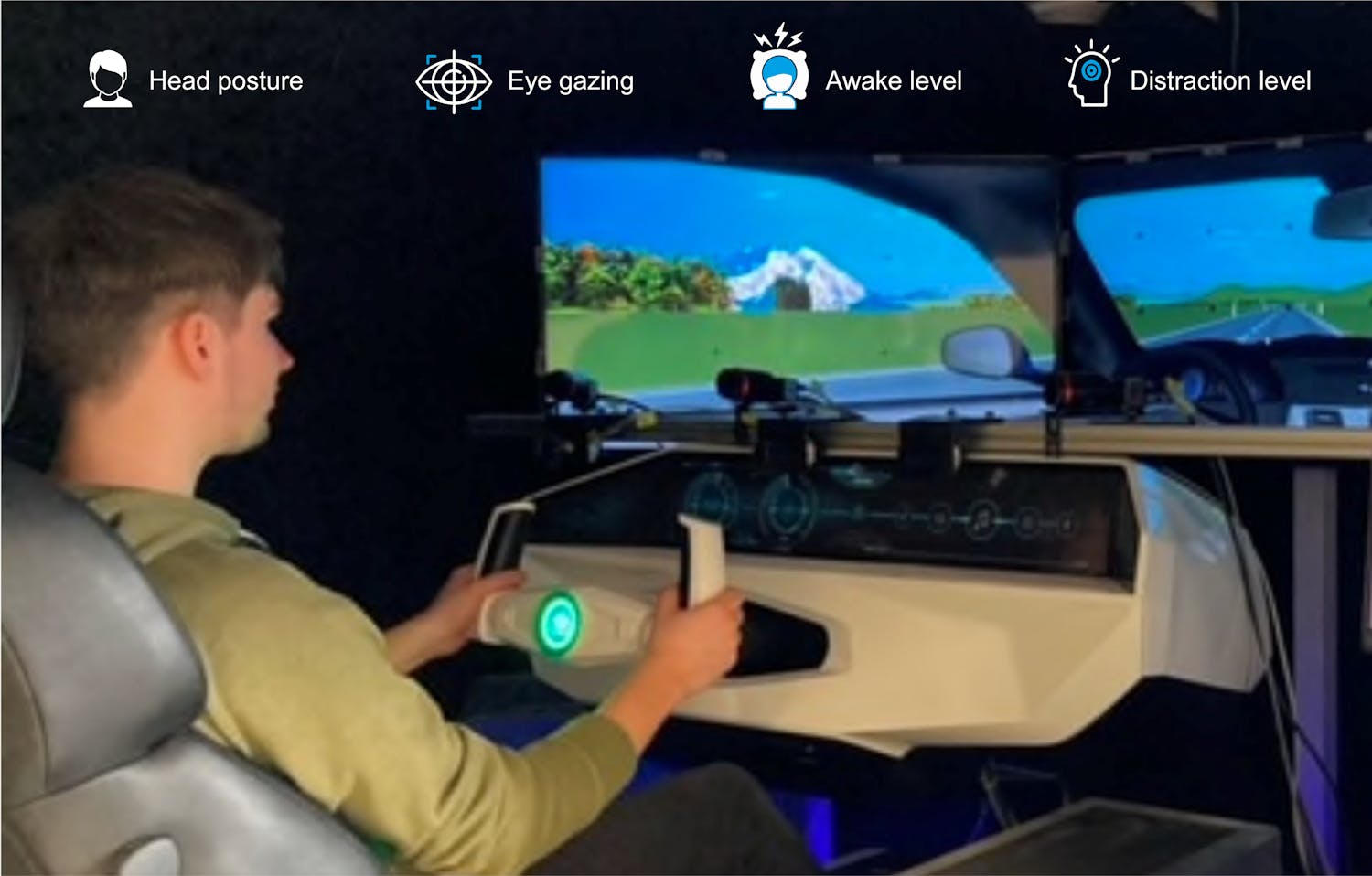Ready to transform your tech with embedded AI and data privacy?
Explore beyond cloud-based models: Discover embedded AI solutions for IoT devices. Curious to learn more? Contact us today to unlock the full potential of AI in your industry!
Data privacy and automation in human-centric imaging

Automation is a key business objective in various application domains. Legacy computer programs can automate simple and repetitive tasks by detecting patterns and following rules. However, to deal with complex and dynamic situations, artificial intelligence (AI) is the go-to technology as it aims to mimic human cognitive abilities.
In today’s world, there are two main ways for robots and machines to achieve intelligence: either through cloud connectivity or by implementing AI on the edge. While cloud computing provides abundant and scalable resources, edge solutions with embedded AI offer other benefits, such as low latency, privacy, power efficiency, and offline functionality.
This diagram compares the two main ways for robots and machinery to gain intelligence. On the left, cloud connectivity provides access to vast computing power and storage, but it requires a stable internet connection and may raise security issues. On the right, an edge device enables faster, private, and energy-efficient processing, as well as offline operation.

AI and imaging for human-machine interfaces, in domains like aviation and automotive, require intelligent systems that are designed with safety, ergonomics, and user-centricity in mind. These systems aim to facilitate natural and effective interactions between humans and machines, especially in high-risk environments, where situational awareness, error prevention, and human lives are at stake.
For instance, autonomous driving in aviation involves not only exterior sensing and decision-making systems, but also in-cabin monitoring systems that provide a comprehensive understanding of the cabin environment and the state of the crew. A specific example of such a system is DMS - Driver Monitoring Systems, which continuously monitors the head posture, eye gaze, focus/distraction levels of the driver and provides appropriate alerts.
In such application domains, embedded AI processing is crucial for two primary reasons:
In addition, offline operation is a crucial aspect of many time-critical IoT solutions. In areas with poor network connectivity, including some suburban regions of modern cities, DMS with edge AI capabilities provide reliable and uninterrupted operation.
Most of today’s successful machine learning models are large and need a lot of computing power and resources to run. Building and deploying optimized models for resource-constrained edge devices necessitates specific knowledge and expertise.
Addressing the complex interplay between software and hardware involves a hardware-aware neural network approach, where hardware-specific factors impact the neural network architectural design process from the beginning. Major key metrics to consider include the number of floating-point operations per second (FLOPs), the number of parameters in the network, quantization levels for inference, memory bandwidth bottleneck of the network, processor utilization efficiency and energy consumption.

Our approach involves designing and deploying a pipeline managed concurrently, comprising three building blocks:

Specialized in Edge AI, our strength lies in designing and training efficient neural networks for computer vision applications. To strike the right balance between accuracy, speed and latency, we employ state-of-the-art techniques in all three areas mentioned above, resulting in lean yet effective systems. This approach enables efficient deployment of machine learning models on resource-constrained devices.
The resource-intensive nature of today’s deep learning models makes the adoption of edge AI solutions imperative for many industrial applications. Edge AI solutions play a pivotal role in preserving data anonymity and facilitating highly responsive intelligent systems. Our expertise ensures seamless operation of AI at the edge, delivering optimal performance while safeguarding data privacy and enabling real-time decision-making.
Explore beyond cloud-based models: Discover embedded AI solutions for IoT devices. Curious to learn more? Contact us today to unlock the full potential of AI in your industry!
Explore our selection of articles published in renowned journals and conference proceedings for in-depth insights into Edge AI and Vision advancements: